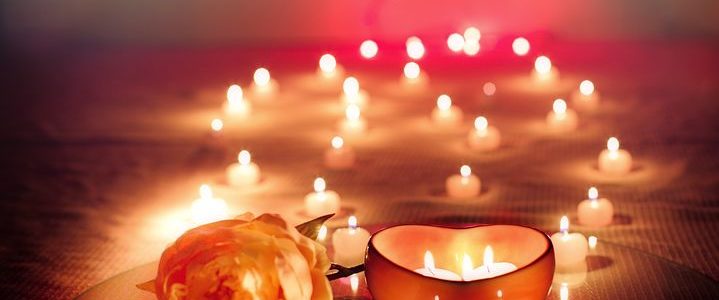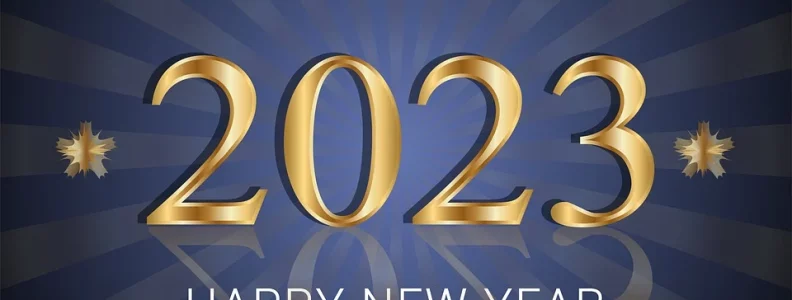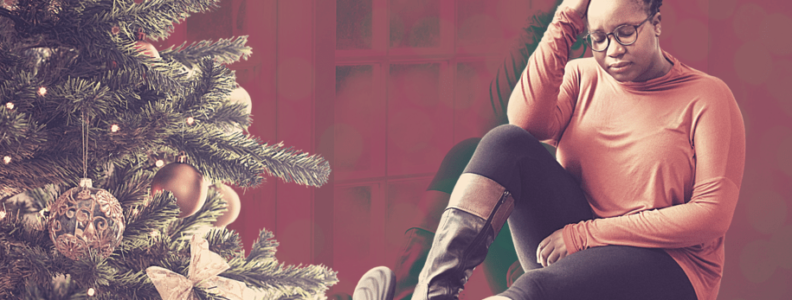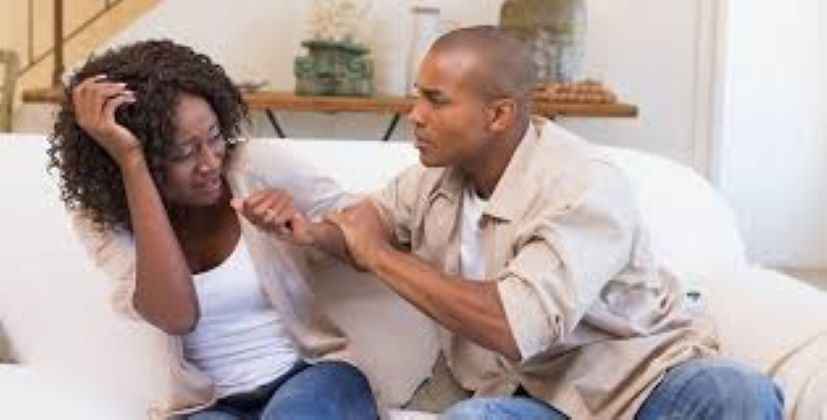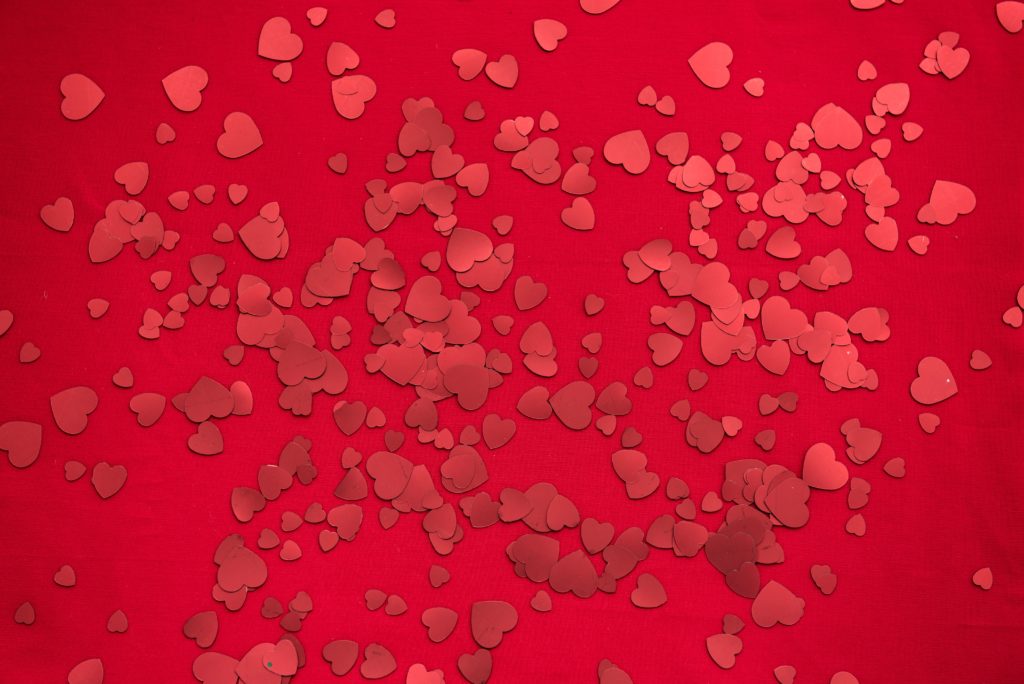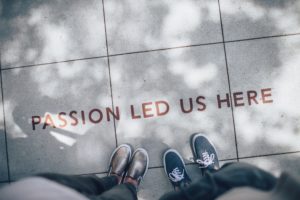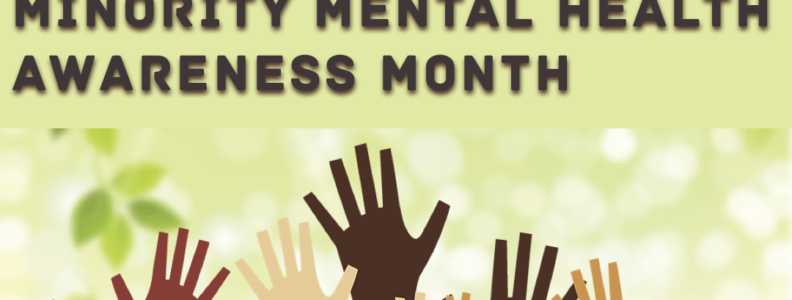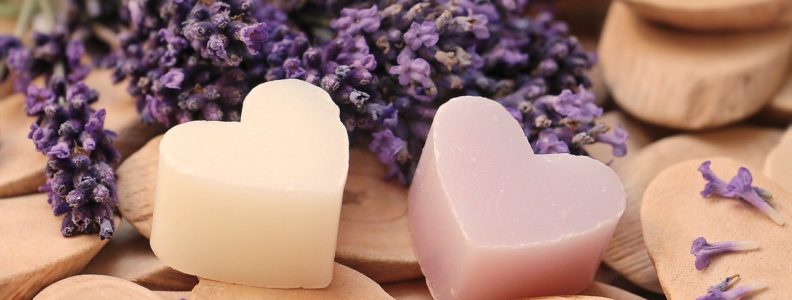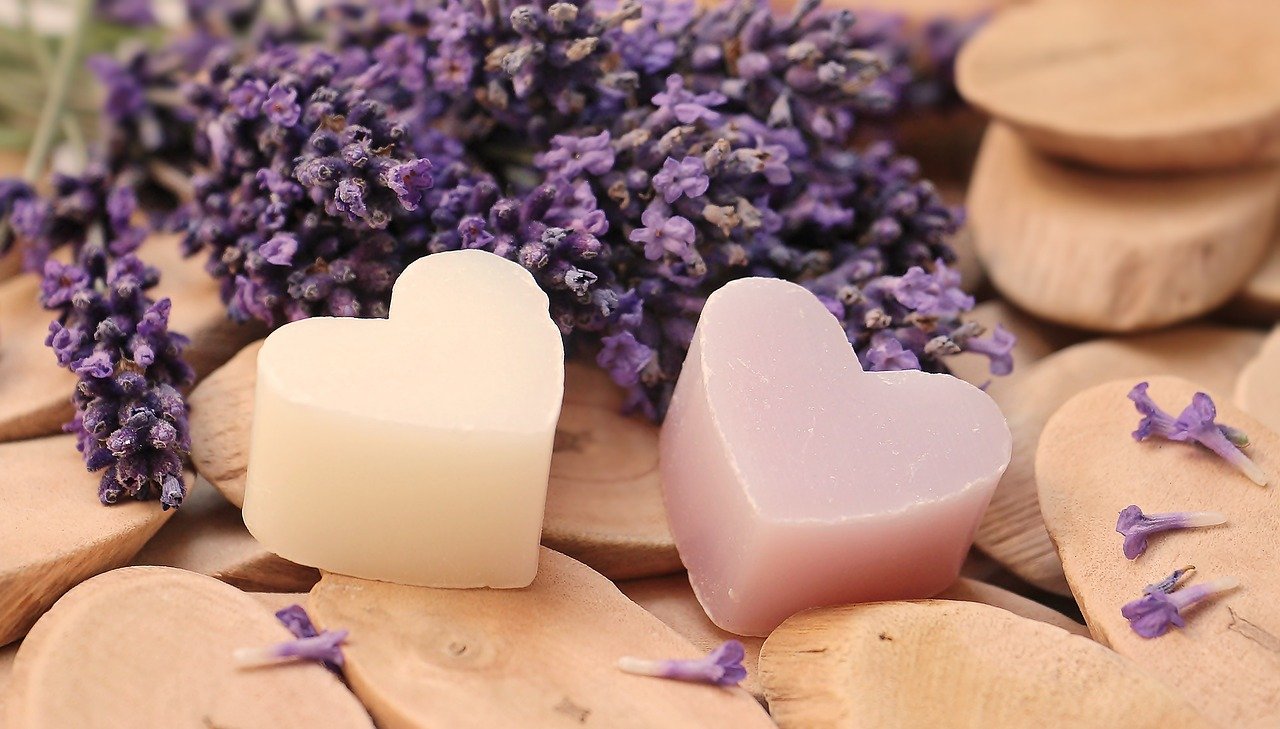Valentine’s Day: When lovers express their affection with greetings and gifts. (Source: Brittannica.com)
Whether you celebrate Valentine’s Day with your soul mate, Galentine’s Day with your girlfriends, or Palentine’s Day with your non-gender specific buddies, February 14th means celebrating LOVE! And, as the saying goes, ain’t love grand?
Valentine’s Day brings to mind gifts of jewelry and long-stemmed roses. It calls up images of heart-shaped boxes of chocolates, cozy, romantic dinners, and sappy greeting cards. It also makes me think of those nasty, chalky, little heart-shaped candies with silly greetings on them.
Now, I know this holiday can conjure up some pretty strong feelings, and not all of them good ones. Many folks, single and attached, think of February 14th as “just another day” and don’t really consider Valentine’s Day a big deal. Except, maybe, as an excuse to binge on chocolate. They go about their lives completely unbothered by the pressures and expectations of this romantic holiday. This year, many are more hyped about celebrating Taco Tuesday than some overly commercialized “holiday” about romantic love.
But there are some for whom Valentine’s Day triggers negative emotions, which is understandable. Especially for people who’re single and not happy about it. February 14th makes them acutely aware of their lack of romance. This tends to hit women especially hard, given the societal pressures to be “coupled” with someone. As if a woman’s worth depends on her relationship status. Ugh!
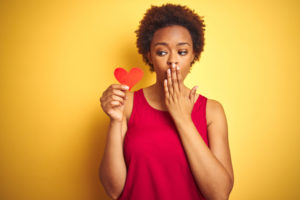
Social media doesn’t help with all of the cutesy posts of couples enjoying romantic dinners, proposals, and elaborate dates. All the Valentine’s Day hype can exacerbate feelings of loneliness, despair and depression. And this can even trigger self-destructive behaviors, up to and including suicidal ideation and action. Others stoically white-knuckle it with gritted teeth, waiting for the calendar to flip to February 15th, when it’ll be safe to go on Instagram, again.
Whether you love Valentine’s Day or dread it, have you ever wondered how we got here? I mean, why do we even celebrate it? I’ve always heard people grumble about Valentine’s Day being a made up, Hallmark holiday. But all holidays are “made up”. And in the Western world of the 21st century, ALL holidays are Hallmark holidays.
Most of us already knew that Valentine’s Day is named after a Saint and is also referred to as St. Valentine’s Day. But who was St. Valentine? Why is a Catholic saint associated with romance?
And what’s up with Cupid? What does a chubby, little, naked, flying baby have to do with love? Also, why is the baby naked and who gave him a damn bow and arrow?
I know I’m not the only one asking these questions. So, I did a little digging. And come to find out, St. Valentine’s Day goes way back (long before Hallmark was a thing, obviously) to the 14th century. What’s even wilder is that its roots, like so many Christian traditions, go back even farther: to pre-Christian Rome.
(Full disclosure: When I say I went digging, I mean I hit up a few different reputable websites. I didn’t do any deep dive into historical archives, or anything. My main sources were sites like (and including) Brittannica.com and History.com. I read a few other articles, too. But that’s it. I’m not an historian and this ain’t a history blog, so …)
Valentine’s Day’s origins are vague and hazy. Many historians believe that St. Valentine’s Day originated from the pagan Roman holiday called Lupercalia. Romans celebrated Lupercalia on February 15th to commemorate the coming of Spring with “fertility rites”. Some of these rituals may have included pairing women with men by lottery. Because the past was the worst, especially for women. Yuck.
Anyway. Romans celebrated Lupercalia even as Christianity spread and became the dominant religion in Rome. However, at the end of the 5th century, Pope Gelasius I put an end to Lupercalia, forbidding its rites, rituals, and celebration. Many believe that St. Valentine’s Day, which is also celebrated in mid-February, but on the 14th replaced Lupercalia, with randomly pairing women with men morphing into a celebration of romantic love. Again, yuck.
But we don’t know that for sure. And there’s no proof that St. Valentine’s Day was celebrated as a day of romance until the 14th century, some 900 years later. So, who knows?
As for the actual Saint, the Catholic Church recognizes three St. Valentines, all of whom were martyrs. The consensus among historians seems to focus on two (or maybe one) individuals named Valentine. First, there was a priest named Valentine from the 3rd century. The Roman Emperor at that time was this guy named Claudius II Gothicus. The story is that he decided single men made better soldiers than men with wives and kids. So, he passed a law forbidding young, single men from marrying so that he’d have enough soldiers for his wars.
Father Valentine was like “Nah”, and kept marrying young couples, anyway. He did this secretly, but obviously someone snitched, because he got caught. And Claudius, hater that he was, sentenced Valentine to death in 270 CE. According to legend, while he awaited execution, Fr. Valentine signed a letter “From Your Valentine” that he wrote to his jailer’s daughter (possibly), whom he cured from blindness and/or fell in love with (maybe).
Either that or, as other legends state, St. Valentine was a bishop, not a priest, who came from Terni, and who was also executed by Claudius II Gothicus. Some believe these two are the same guy. Others believe these are just old ass legends.
I know. Confusing and vague as heck, right?
We do know that by the Middle Ages, St. Valentine was one of the most popular saints in places like England and France. We also know that the first known written Valentine’s Day greetings began to appear in 1400. In fact, the oldest known written Valentine was a poem written in 1415 by Charles, Duke of Orleans to his wife. He supposedly wrote it while he was imprisoned in the Tower of London after the Battle of Agincourt. A Love After Lockup situation, perhaps?
So, from the 1400s onwards, the Western world has celebrated Valentine’s Day with romance, gifts, and greetings, despite its murky, mysterious origins. Yes, it’s become overly commercialized. And yes, it probably perpetuates the hetero-normative patriarchy. And yes, for some, it can trigger intense loneliness and depression. But at least there’s chocolate!
Oh, and the creepy, chubby, weaponized angel baby named Cupid? That lil dude has deep roots as well. Historians believe that Cupid evolved from a Roman god with roots in Greek mythology, Eros. Eros was the god of love, of course. Originally, Eros presented as a handsome immortal who played with the emotions of both gods and humans. He used golden arrows to incite love, and leaden ones to sow discord and aversion. Eventually, this handsome, grown ass ADULT somehow morphed into the mischievous, chubby, bow and arrow wielding baby we know and love today. But no one knows how or why.
I still don’t know why a flying baby would carry a bow and arrow in the first place. That just seems so hazardous and wrong. I suppose I could’ve dug deeper into Cupid. But to be honest, I ain’t got that kind of time. If you know more about Cupid and his origins, please comment below. Also comment below and share your Valentine’s Day plans. How did they go? What did you do?
Until next time, have a safe and Happy St. Valentine’s Day!!

